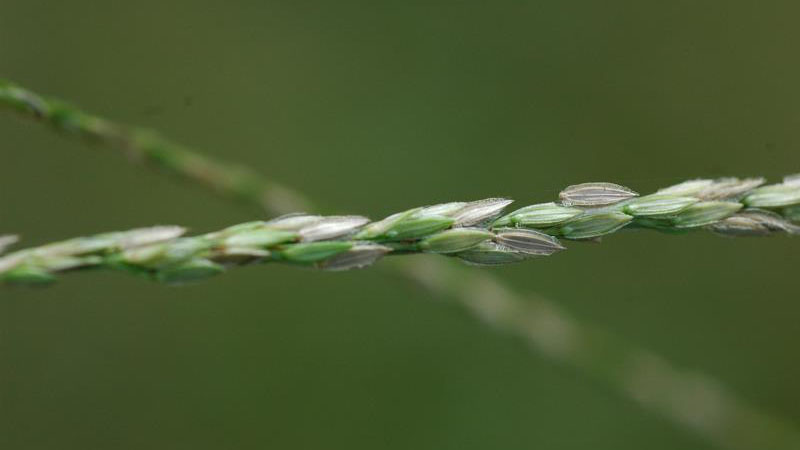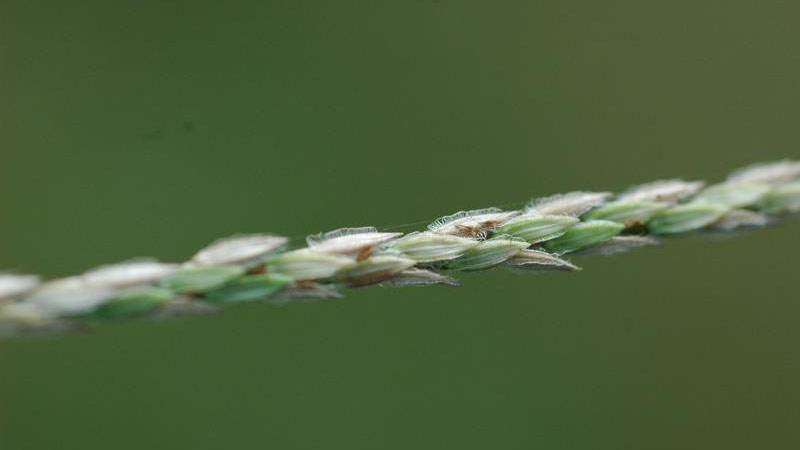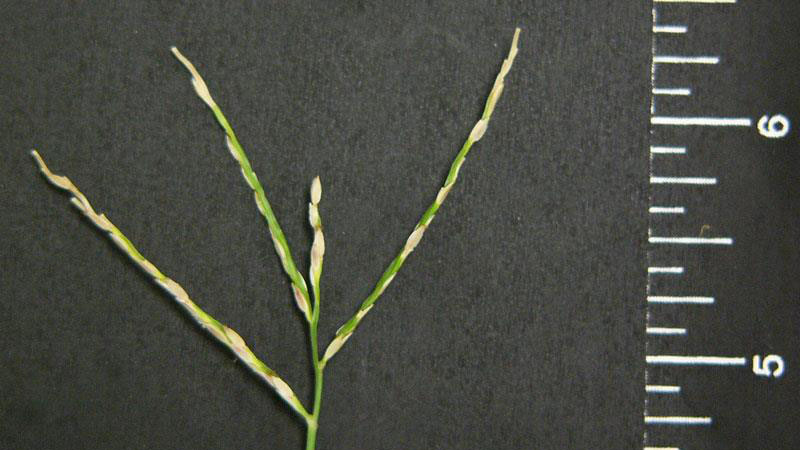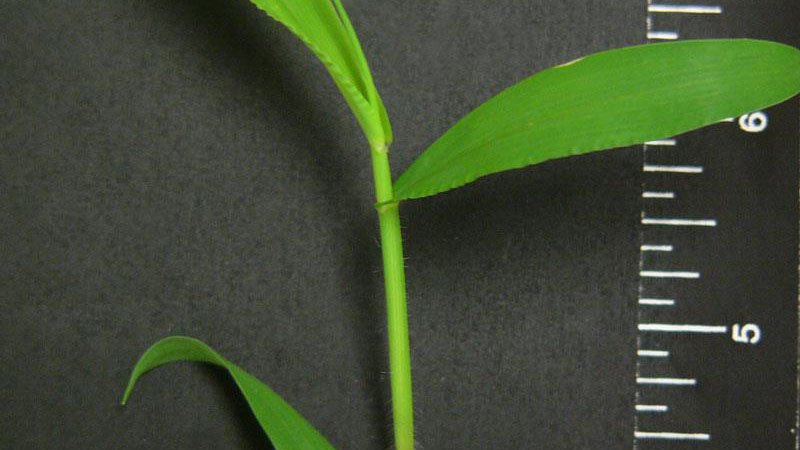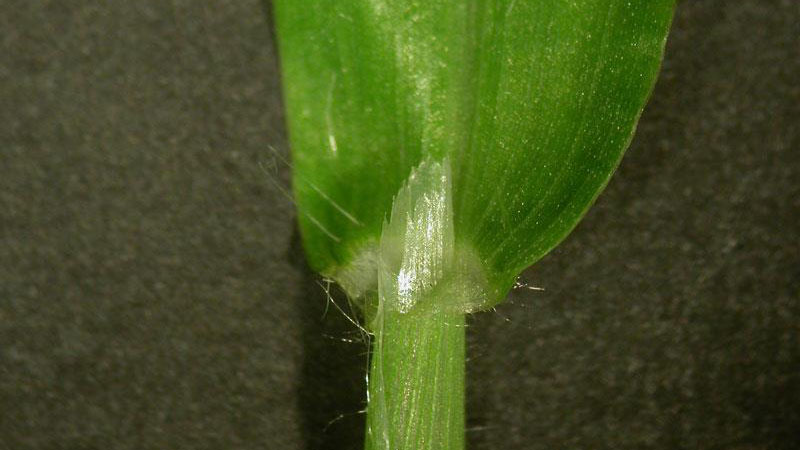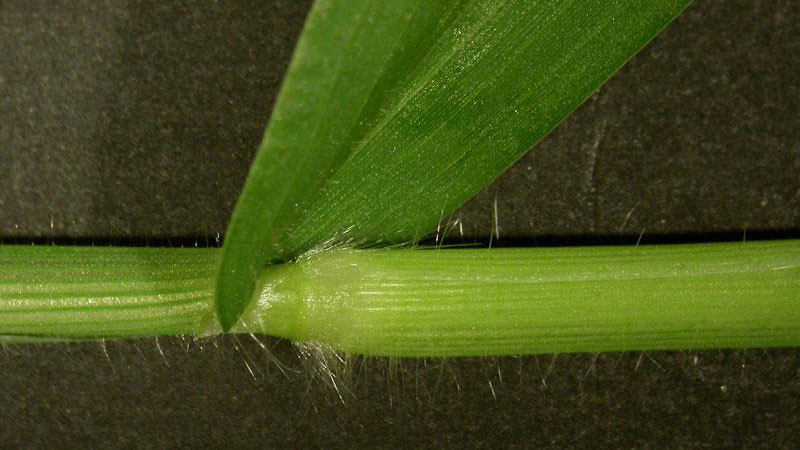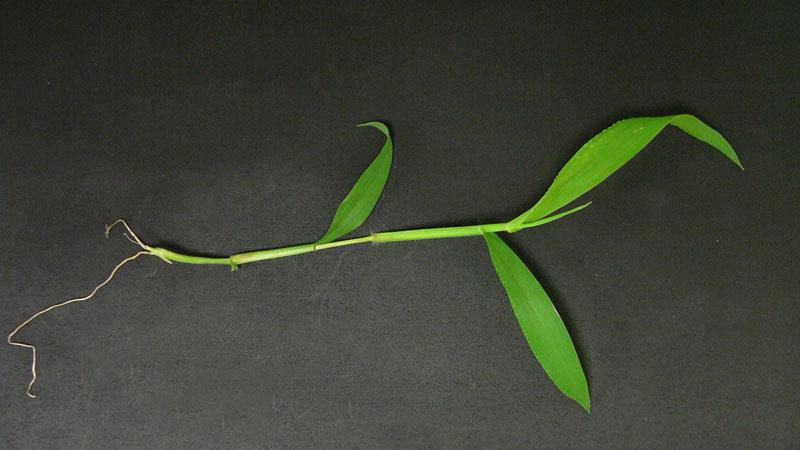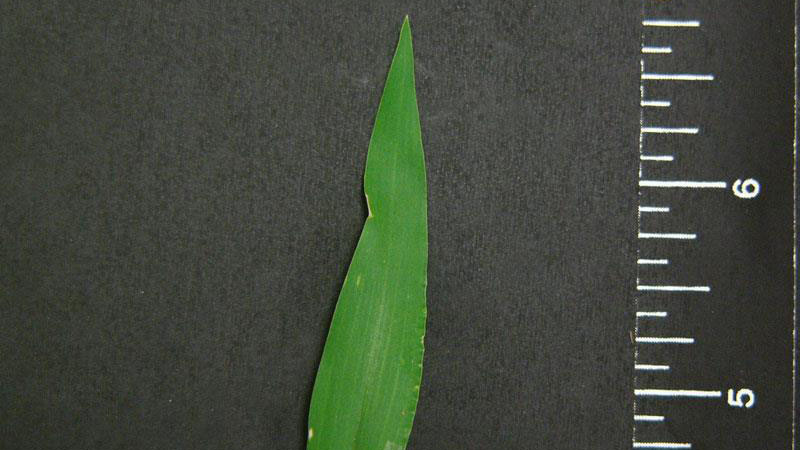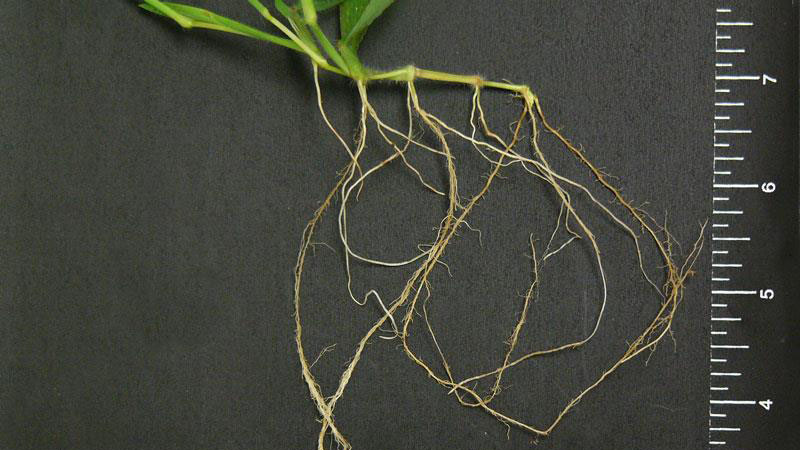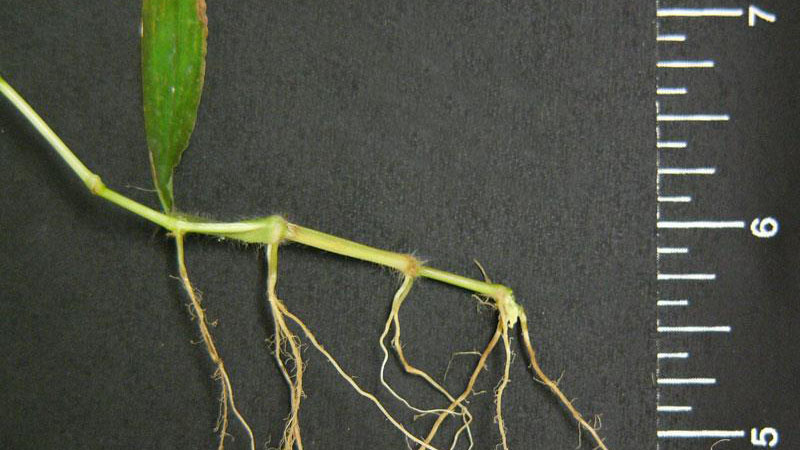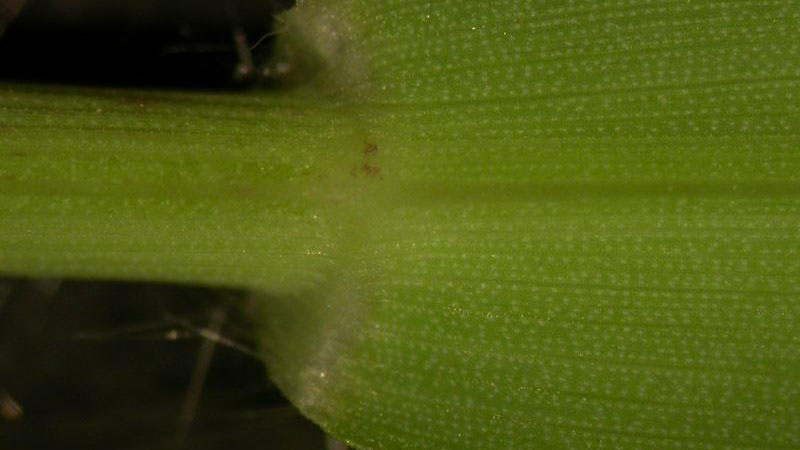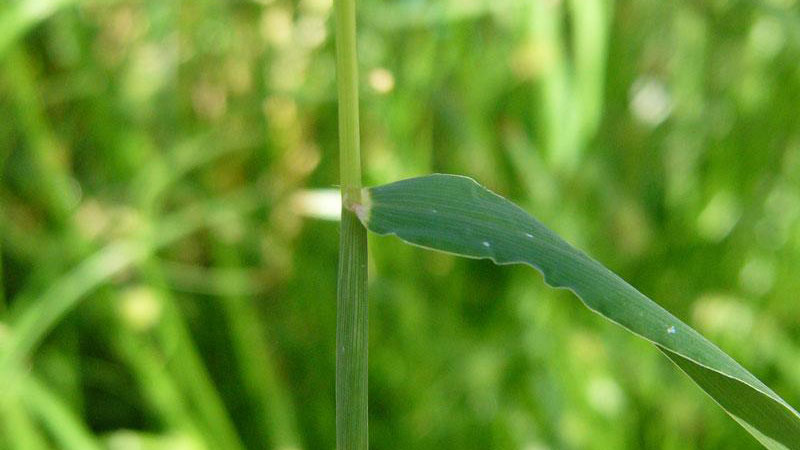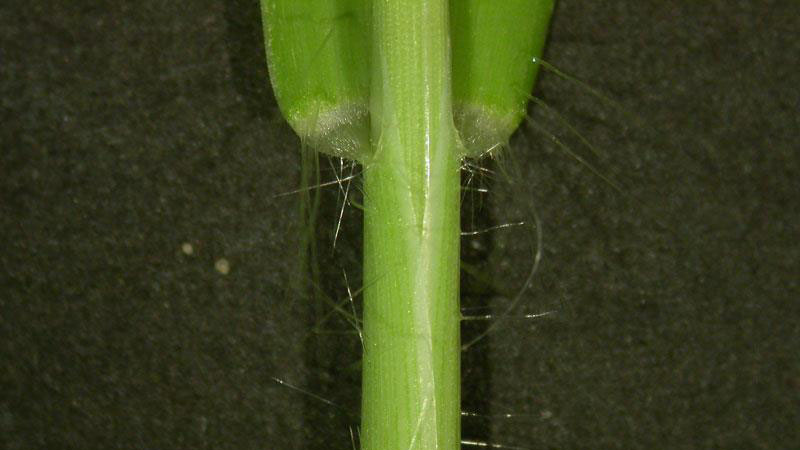Large Crabgrass
en Español / em Português
El inglés es el idioma de control de esta página. En la medida en que haya algún conflicto entre la traducción al inglés y la traducción, el inglés prevalece.
Al hacer clic en el enlace de traducción se activa un servicio de traducción gratuito para convertir la página al español. Al igual que con cualquier traducción por Internet, la conversión no es sensible al contexto y puede que no traduzca el texto en su significado original. NC State Extension no garantiza la exactitud del texto traducido. Por favor, tenga en cuenta que algunas aplicaciones y/o servicios pueden no funcionar como se espera cuando se traducen.
Português
Inglês é o idioma de controle desta página. Na medida que haja algum conflito entre o texto original em Inglês e a tradução, o Inglês prevalece.
Ao clicar no link de tradução, um serviço gratuito de tradução será ativado para converter a página para o Português. Como em qualquer tradução pela internet, a conversão não é sensivel ao contexto e pode não ocorrer a tradução para o significado orginal. O serviço de Extensão da Carolina do Norte (NC State Extension) não garante a exatidão do texto traduzido. Por favor, observe que algumas funções ou serviços podem não funcionar como esperado após a tradução.
English
English is the controlling language of this page. To the extent there is any conflict between the English text and the translation, English controls.
Clicking on the translation link activates a free translation service to convert the page to Spanish. As with any Internet translation, the conversion is not context-sensitive and may not translate the text to its original meaning. NC State Extension does not guarantee the accuracy of the translated text. Please note that some applications and/or services may not function as expected when translated.
Collapse ▲Description
Large crabgrass (Digitaria sanguinalis), also called hairy crabgrass, is a common weed in turfgrass situations, and can germinate from March through early May in North Carolina when soil temperatures reach 53 to 58°F at a 4-inch depth. This weed is found in a variety of habitats. Germination of this weed is encouraged by the alternating dry and wet conditions at the soil surface in the spring. Stems have a prostrate growth habit and may root at the lower nodes. Large crabgrass is similar to smooth crabgrass. However, the leaf blade of smooth crabgrass is not as hairy, with a few hairs near the base of the blade. Leaf blade edges of smooth crabgrass are either not hairy or have sparse hairs.
Cultural Control
Crabgrass will grow under close mowing conditions. Competition is enhanced by thin open turfgrass stands, improper mowing heights for the desired turf, summer fertilization, and light, frequent irrigation. For crabgrass control, practice procedures outlined to maintain a dense, actively growing turf.
Species Data
- SEEDHEAD / FLOWER
- VERNATION TYPE
- leaves rolled in the bud
Figure 4
- leaves rolled in the bud
- LIGULE TYPE
- membranous; 0.04 - 0.08 inches (1 - 2 mm) long, rounded to sharp pointed, toothed, often reddish
Figure 5
- membranous; 0.04 - 0.08 inches (1 - 2 mm) long, rounded to sharp pointed, toothed, often reddish
- GROWTH SEASON / LIFE CYCLE
- summer annual weed
- AURICLE TYPE
- absent
Figure 6
- absent
- LEAF BLADE TIP SHAPE
- sharp-pointed; covered with short hairs on both surfaces, sharply creased below, edges rough with scattered hairs
Figure 8
- sharp-pointed; covered with short hairs on both surfaces, sharply creased below, edges rough with scattered hairs
- LEAF BLADE WIDTH
- 0.2 - 0.6 inches (5 - 15 mm) wide
Figure 7
- 0.2 - 0.6 inches (5 - 15 mm) wide
- STOLON PRESENCE
- RHIZOME PRESENCE
- absent
- COLLAR TYPE
- indistinct, mostly divided, hairy edges
Figure 11, Figure 12
- indistinct, mostly divided, hairy edges
- SHEATH MARGIN
- open
- SHEATH TYPE
- flattened; sheath has long hairs; often with purple veins
Figure 13
- flattened; sheath has long hairs; often with purple veins



